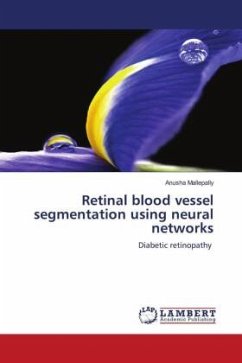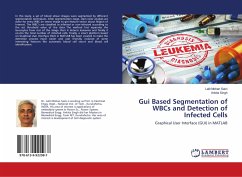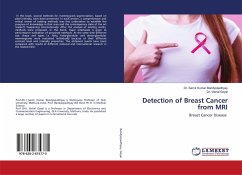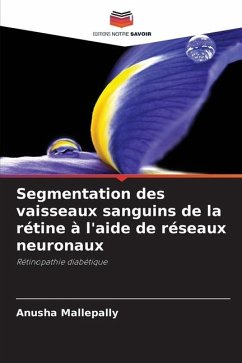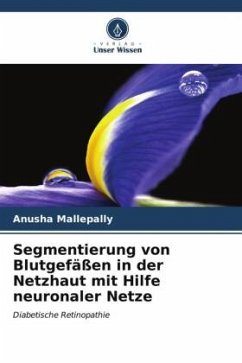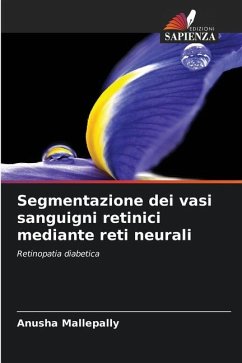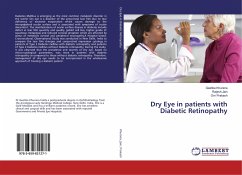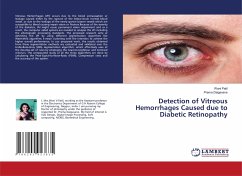
Detection of Vitreous Hemorrhages Caused due to Diabetic Retinopathy
Versandkostenfrei!
Versandfertig in 6-10 Tagen
27,99 €
inkl. MwSt.

PAYBACK Punkte
14 °P sammeln!
Vitreous Hemorrhages (VH) occurs due to the blood extravasation or leakage caused either by the rapture of the below-strain normal blood vessel, or due to the leakage of the newly grown bizarre vessels which are susceptible to bleed causing impair vision or floaters Because of the severity of the diabetes, VH might cause permanent vision impairment and as a result, the computer aided systems are needed to analysis the VH including the photograph processing standards. The proposed research aims at detecting the VH by using different segmentation algorithms like Watershed algorithm, k-mean clust...
Vitreous Hemorrhages (VH) occurs due to the blood extravasation or leakage caused either by the rapture of the below-strain normal blood vessel, or due to the leakage of the newly grown bizarre vessels which are susceptible to bleed causing impair vision or floaters Because of the severity of the diabetes, VH might cause permanent vision impairment and as a result, the computer aided systems are needed to analysis the VH including the photograph processing standards. The proposed research aims at detecting the VH by using different segmentation algorithms like Watershed algorithm, k-mean clustering with the intention to achieve the higher overall performance. In our proposed work, the results obtained from these segmentation methods are evaluated and validated over the Linde-Buzo-Gray (LBG) segmentation algorithm, which effectively uses of the iterative-set of rules by employing the nearest-neighbour and Centroid criteria's. The comparative study of all the three algorithms are done by calculating the Peak-Signal-to-Noise-Ratio (PSNR), Compression ratio and the accuracy of the system.



